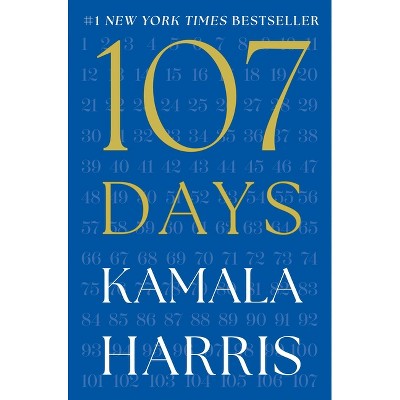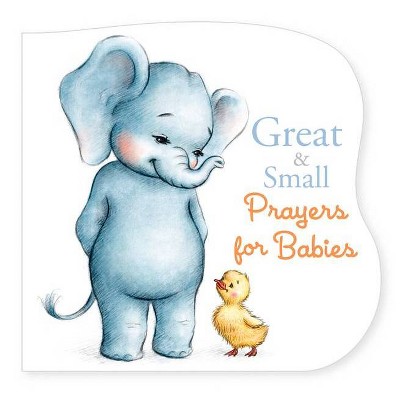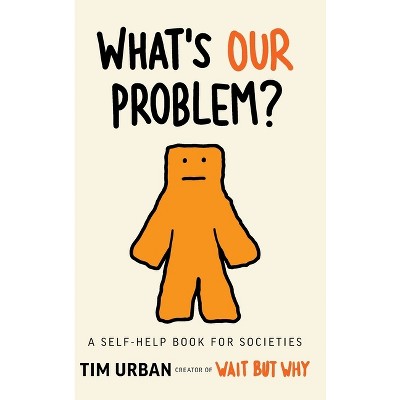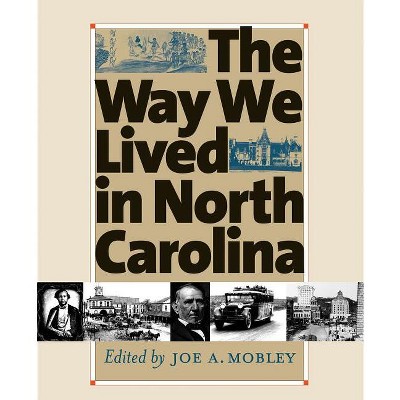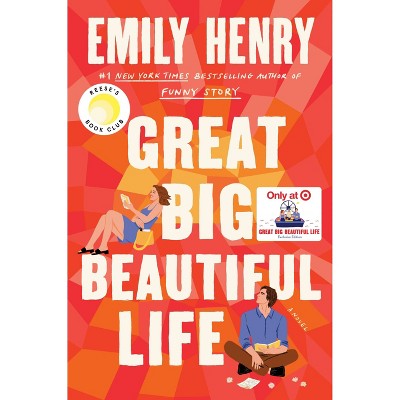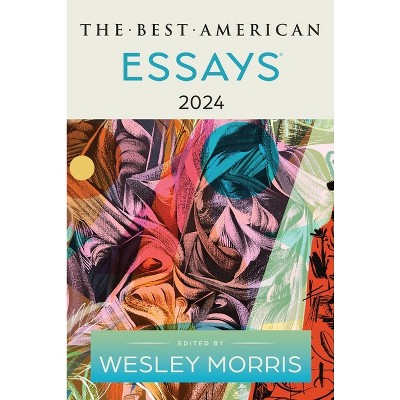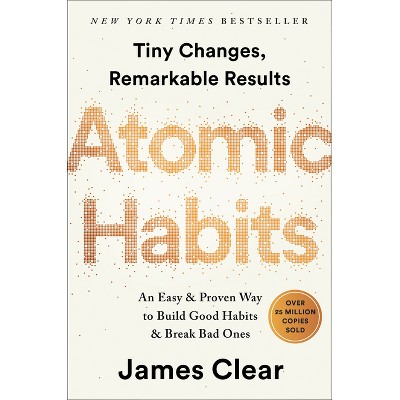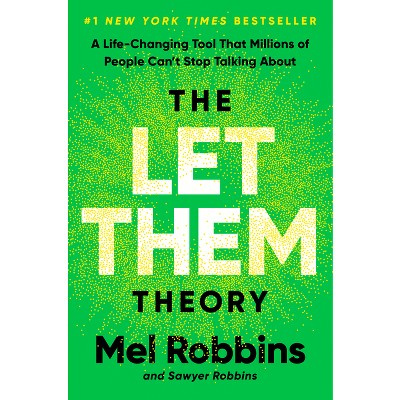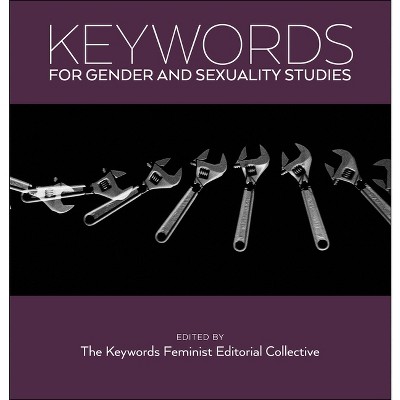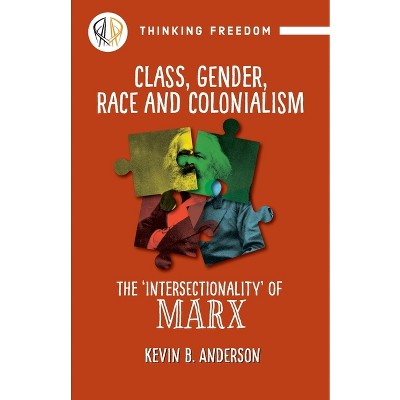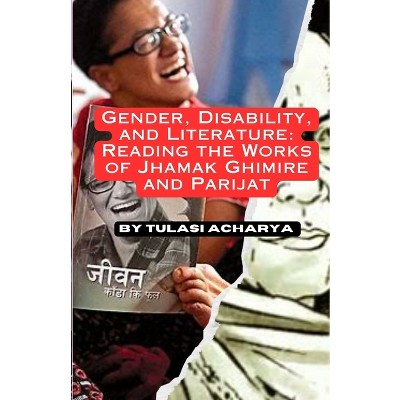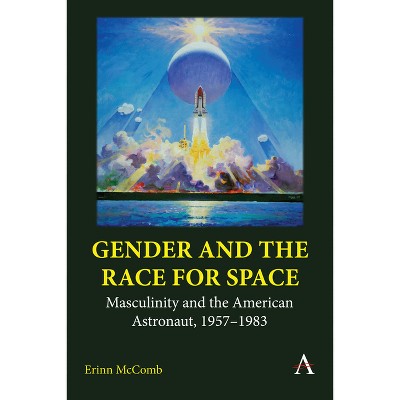Sponsored

The Media Reader on Representations of Race, Gender, Disability, Body Size, Age, and Sexuality - by Caroline Heldman & Rebecca Bargiachi (Paperback)
In Stock
Sponsored
About this item
Highlights
- This reader is the first comprehensive look at representations of race, gender, disability, body size, age, and sexuality in US entertainment media.
- Author(s): Caroline Heldman & Rebecca Bargiachi
- 406 Pages
- Social Science, Media Studies
Description
Book Synopsis
This reader is the first comprehensive look at representations of race, gender, disability, body size, age, and sexuality in US entertainment media. The "bible" of media representation, it weaves contemporary media examples together with quantitative data and qualitative case studies in a way that is accessible to students, industry insiders, and media advocates. Using over twenty publicly available reports and datasets, the authors provide the most detailed picture to date of how different groups have historically been erased and misrepresented in film and television. This book should be on the shelf of every person who seeks to understand the significance of media inclusion for the advancement of traditionally marginalized groups in the US.
Review Quotes
In this meticulously researched volume, Heldman and Bargiachi deliver a comprehensive and uniquely-useful compendium of the available quantitative and qualitative findings on underrepresented groups in film and television. Including chapters on race, gender, ability, body size, age, and sexuality, the reader documents the recent historical quantitative records of representation, including the percentages of individuals appearing on screen, awards received, and screen time when available. The book also offers insightful qualitative analyses of the portrayals of these groups. Anyone with an interest in representation-including students, teachers, scholars, and those working in the industries-will find this reader to be an incredibly useful and well-organized tool.
Dr. Martha Lauzen
San Diego State University
In jargon-free and accessible prose, Heldman and Bargiachi provide a comprehensive and astute analysis of the quantity and quality of media representations of six intersectional identity locations. The book promises to be a powerful pedagogical tool, including chapter summaries, discussion questions, and "apply your knowledge" prompts for classroom use. The authors take a deep dive into representations in film, television, and advertising via six chapters that contain methodical presentations of data subtended by in-depth qualitative textual readings. They draw on decades of scholarship in media and cultural studies, as well as on technical reports, surveys, news stories, and archival data, to make a compelling argument for the ongoing mis- and underrepresentation of marginalized people, as well as the impact of advocacy efforts to turn the tide. The book concludes with, as the authors note, "a nifty chart" that summarizes the preceding analyses and emphasizes the significance of inclusive, diverse and authentic portrayals to advance social justice and mobilize progressive change.
Prof. Dr. Meenakshi Gigi Durham
School of Journalism and Mass Communication
Department of Gender, Women's and Sexuality Studies
Department of English
University of Iowa
In this reader, Heldman and Bargiachi bring an intersectional approach to their examination of how entertainment media shapes power and values in the U.S. They ask why media entertainment struggles to create socially just content that is inclusive and representative of difference, including race, gender, disability, body size, age, and sexuality. They examine the role of media entertainment in marginalizing already marginalized people in the U.S. through a comprehensive analysis of intersectional difference and embodied positionality. This book is a must-read for anyone interested in the connection between social values, justice, difference, and entertainment media. The book's cross-disciplinary approach speaks to a range of readers, from students who are new to the subject to activists and media insiders who seek to create more inclusive media content.
Prof. Dr. Natasha Behl
School of Social and Behavioral Sciences
Arizona State University
Shipping details
Return details
Trending Non-Fiction
